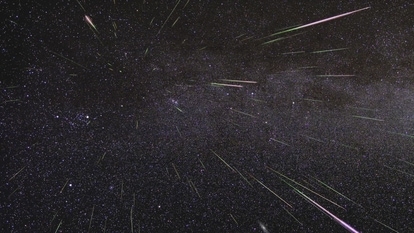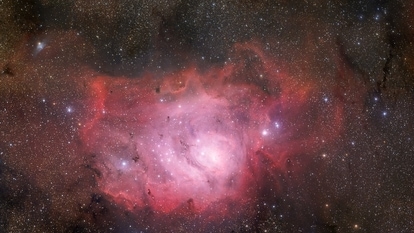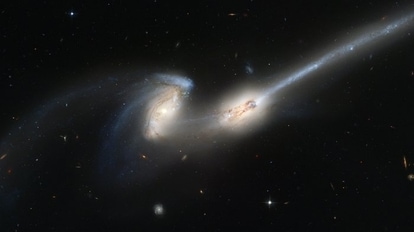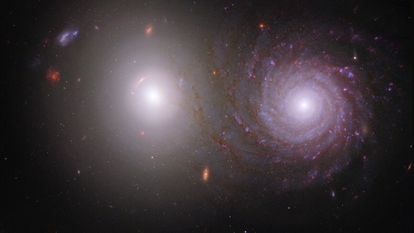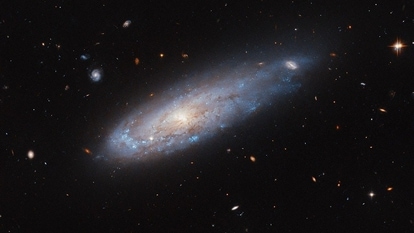NASA Astronomy Picture of the Day 28 March 2023: Extremely Rare Green Flash Sunset
Today's NASA Astronomy Picture of the Day is a mesmerizing snapshot of a multiple green flash sunset captured from the Cerro Tololo Inter-American Observatory in Chile last April.
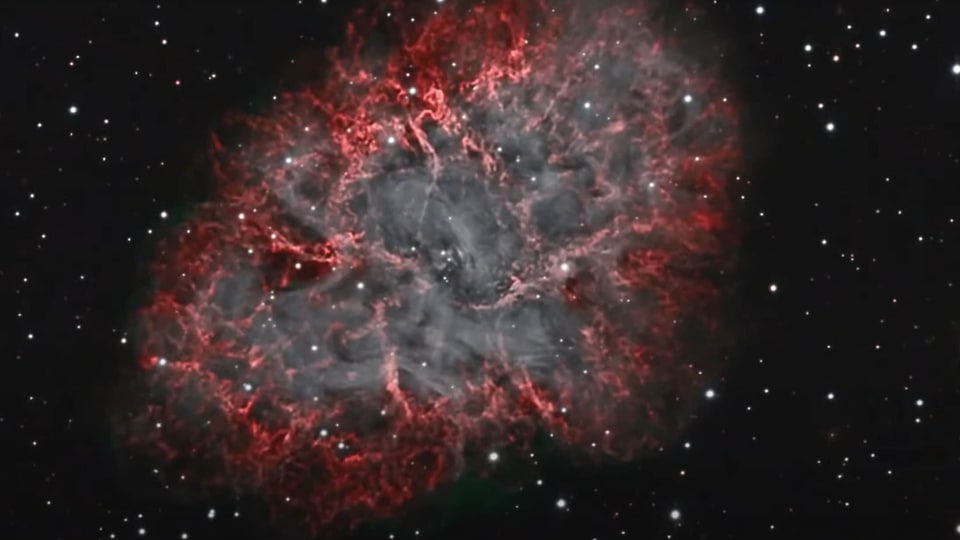
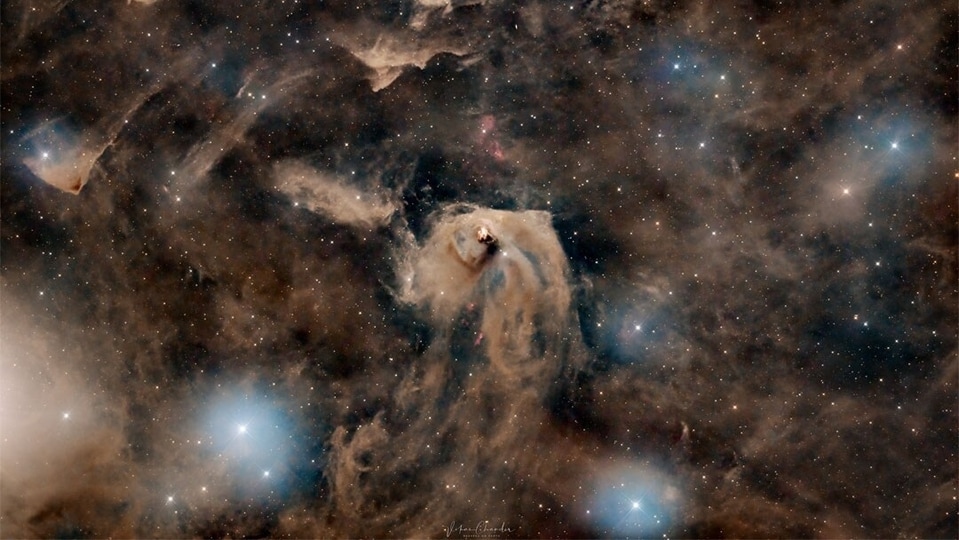
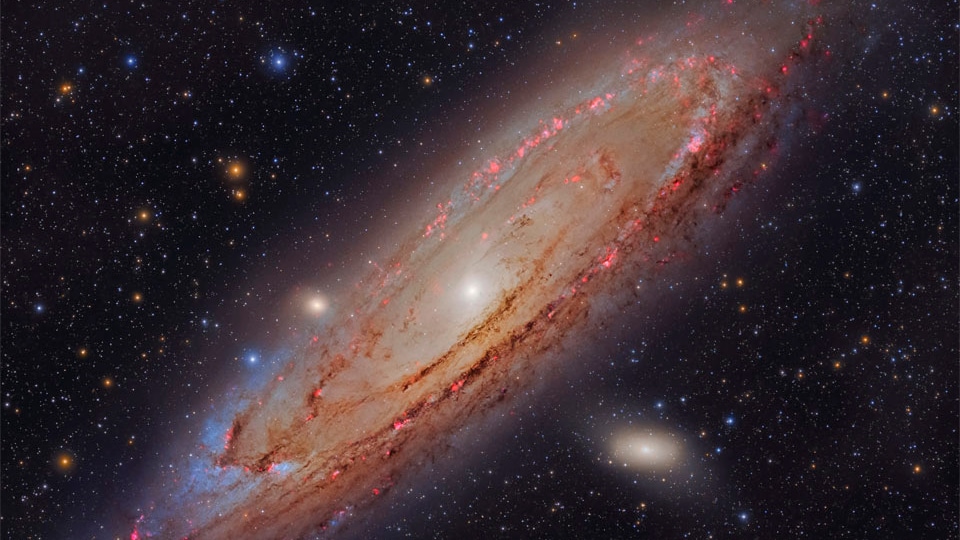
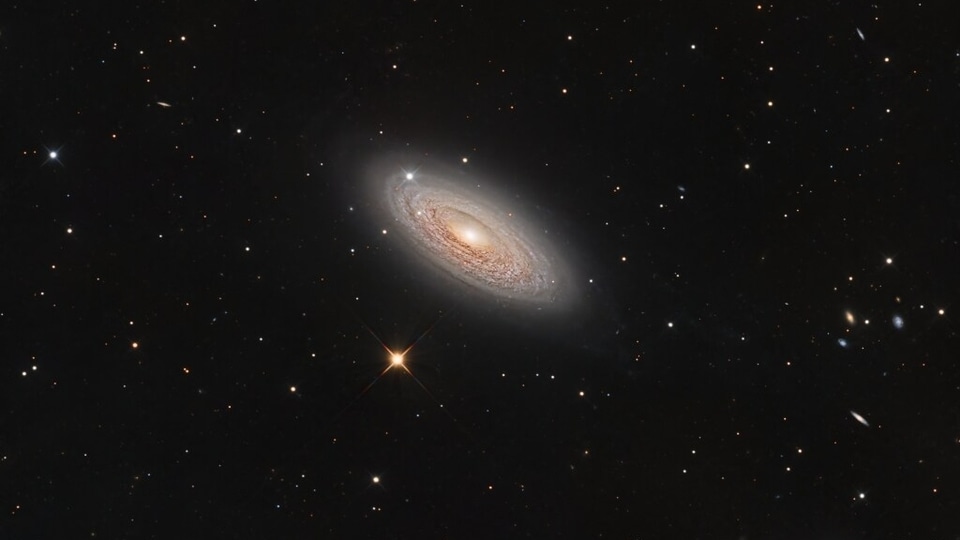
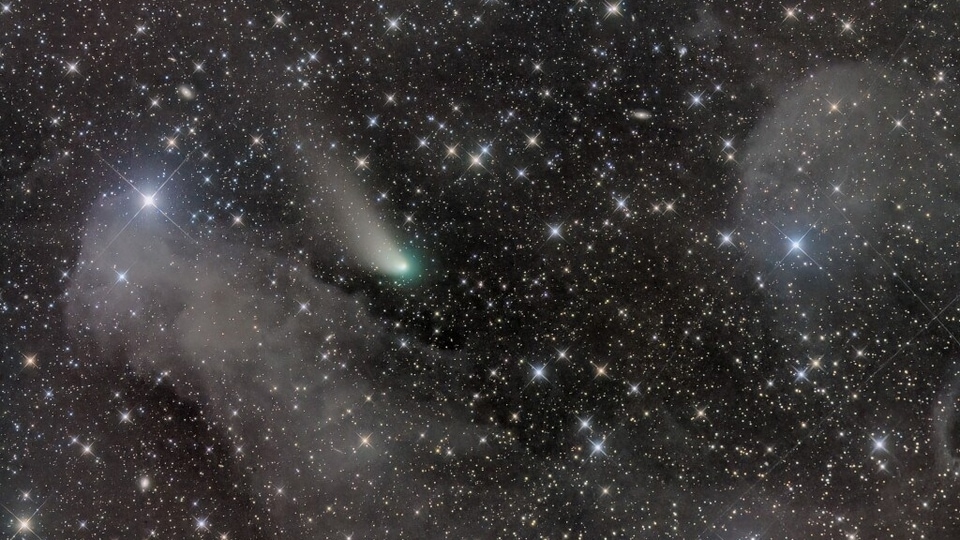
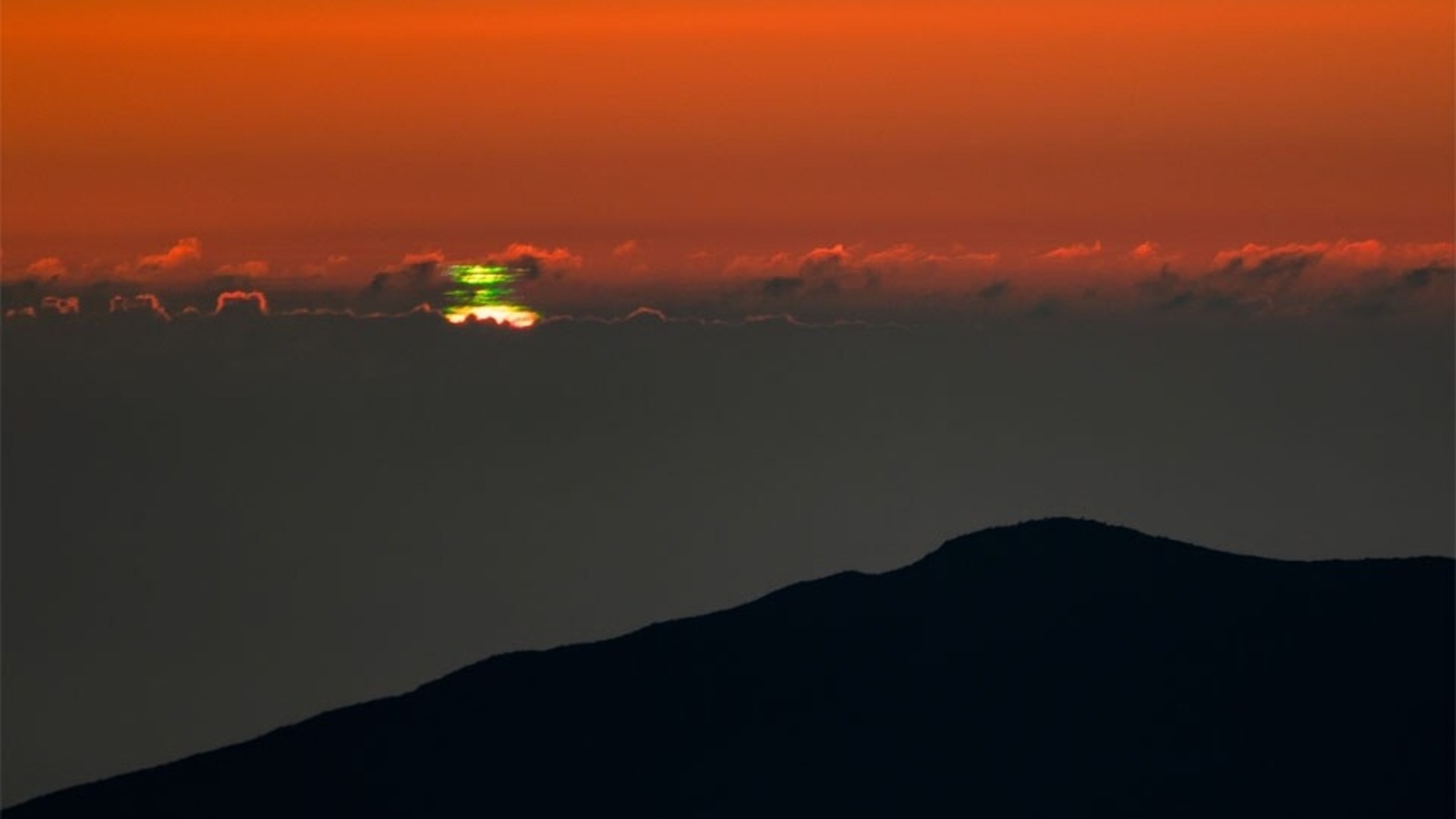
 View all Images
View all ImagesVarious natural phenomena grace the sky often. One of the most common occurings are auroras, which occur because of Geomagnetic storms impacting Earth. However, there is one more phenomenon which occurs, and it is much rarer. As the Sun sets on the horizon and disappears from view during sunset, sometimes a green flash may appear. It is a meteorological optical phenomenon which may occur for a short period of time during sunrise or sunset. According to NASA, the green flash is caused by refraction of light rays traveling to the eye over a long path through the atmosphere.
Today's NASA Astronomy Picture of the Day is a mesmerizing snapshot of a multiple green flash sunset captured from the Cerro Tololo Inter-American Observatory in Chile last April. It was captured by T. Slovinsky and P. Horalek (IoP Opava).
Why does the green flash appear?
Through its tech prowess, NASA caught the shorter wavelengths that refract more strongly than longer redder wavelengths and the separation of colours lends a green hue to the last visible vestige of the solar disk.
Tech to the rescue
Although it is harder to witness this phenomena with naked eyes, a telescope or telephoto lens and camera can help catch this tantalizing result of atmospheric refraction when the celestial bodies are near the horizon. The Cerro Tololo Inter-American Observatory (CTIO) which captured it is a complex of astronomical telescopes and instruments, part of the NOIRLab program.
According to NOIRLab, CTIO operates the Víctor M. Blanco 4-meter Telescope on Cerro Tololo, which features the Dark Energy Camera (DECam), a high-performance, wide-field CCD imager built to carry out the Dark Energy Survey (DES).
NASA's description of the picture
Yes, but can your green flash do this? A green flash at sunset is a rare event that many Sun watchers pride themselves on having seen. Once thought to be a myth, a green flash is now understood to occur when the Earth's atmosphere acts like both a prism and a lens. Different atmospheric layers create altitude-variable refraction that takes light from the top of the Sun and disperses its colors, creates two images, and magnifies it in just the right way to make a thin sliver appear green just before it disappears.
Pictured, though, is an even more unusual sunset. From the high-altitude Cerro Tololo Inter-American Observatory in Chile one day last April, the Sun was captured setting beyond an atmosphere with multiple distinct thermal layers, creating several mock images of the Sun. This time and from this location, many of those layers produced a green flash simultaneously. Just seconds after this multiple-green-flash event was caught by two well-surprised astrophotograpers, the Sun set below the clouds.
Catch all the Latest Tech News, Mobile News, Laptop News, Gaming news, Wearables News , How To News, also keep up with us on Whatsapp channel,Twitter, Facebook, Google News, and Instagram. For our latest videos, subscribe to our YouTube channel.





